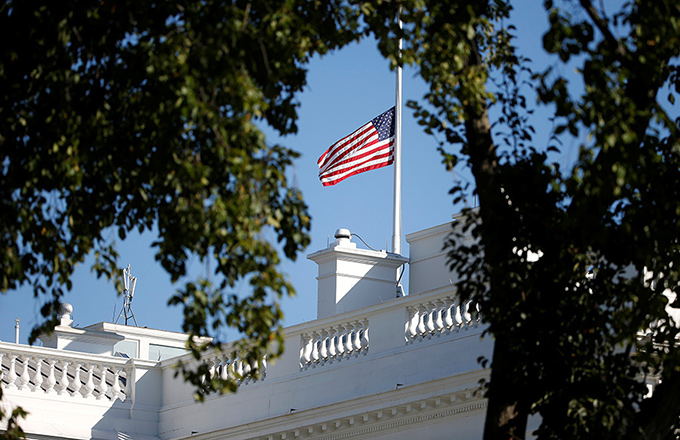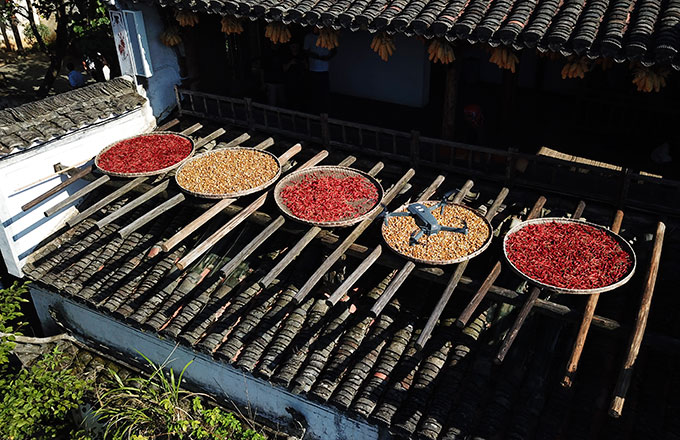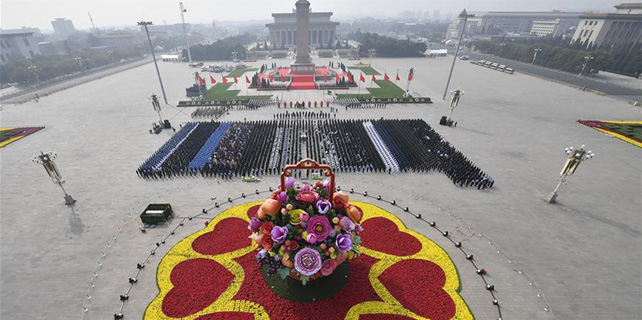Concerns about future, identity grow in Venice amid influx of tourists
The senior Venetian continued to complain about the lack of respect to the city among some tourists, saying "I see young tourists diving from our bridges, others taking bath in the fountains at night, or people eating pizza on the steps of San Marco square."
"This city is coping up to now, amazingly... yet, I wonder for how much longer," Alba says worryingly.
Similar worries are also expressed by residents of other Italian cities, such as Florence and Rome.
But the problems are more outstanding in Venice, which unlike its peers has a specific limit.
"Venice has no periphery, it is almost totally historical center. So, if you live here, you have no way out," Boscolo says.
Civil associations are active in the struggle. They warn that, as much as tourism is the major source of richness for Venice, few Venetians would argue against that, it's at the same time threatening its future, if no solutions are found to ease the burden.
"One of the biggest threats is the disappearance of Venice's citizens," group Venezia Autentica (Authentic Venice) wrote on its website, which encourages tourists to treat the city like "authentic Venetians."
"With them, (it is also disappearing) the mastery and the know-how that has kept Venice alive for thousands of years," warned the group.
A further source of concern is that, as new generations are forced out by the unaffordable costs of housing and living, those who remain are increasingly aging, the association warns.
Venetians are aware that other cities in Europe are thinking about putting a cap on arrivals, and Dubrovnik in Croatia has already implemented the measure this summer.
Venice is also on the move. The municipality has increased the number of civil servants reining in tourists, who behave incorrectly around the main public venues. Yet, three unmanageable factors were to be addressed in order to find a solution to sustainable development of tourism, local residents believe.
Firstly, tourists arriving and leaving in the same day-as such not registered in any statistics. They could be estimated in some 20 millions per year, and would bring little benefit to the economy, environmental group Italia Nostra (Our Italy) reported in Sept. 2016.
Secondly, the surge of B&B in the historical center, which had been allowed in the 1990s when the city needed to broaden its reception capacity, and was now difficult to stop.
Thirdly, the passage of huge cruise ships through the Giudecca canal flowing into the San Marco basin.
"Sometimes, seven or eight ships arrive in one day, and each of them unloads several thousands people, who would all rush for San Marco square, and stay a few hours," Boscolo, the architect, "As a Venetian, looking at those ships is a strange feeling: it is like riding a bike inside your home... Sooner or later, you know something will go broken."









